|
During the Fulbright-Hays Seminar my first full day in China granted us the opportunity to visit and check off two locations on my bucket list of World Historical and Cultural Sites to visit. The morning hours took us to visit Tian’anmen Square and the Forbidden City. Tian’anmen Square is a large city square in the center of Beijing, named after the Tian’anmen Gate (Gate of Heavenly Peace) located to its north, separating it from the Forbidden City. Tian’anmen Square is the third largest city square in the world (440,000 square meters). It has great cultural significance as it was the site of many important events in modern Chinese history. The Forbidden City was the Chinese imperial palace from the Ming Dynasty to the end of the Qing Dynasty. For almost 500 years, it served as the home of emperors and their households, as well as the ceremonial and political center of Chinese government. Built from 1406 to 1420, the complex consists of 980 buildings and covers 720,000 square meters. The palace complex exemplifies traditional Chinese palace architecture, and has influenced cultural and architectural development in East Asia and elsewhere. The Forbidden City was declared a World Heritage Site in 1987, and is listed by UNESCO as the largest collection of preserved ancient wooden structures in the world. 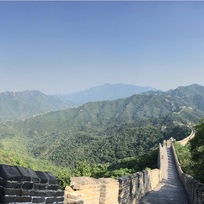 After an amazing meal for lunch we drove quite a distance outside of the city to see a portion of the Great Wall. The Great Wall (Mutianyu) This historical site stretches across China’s historical northern borders of China. Its original purpose was to protect the Chinese empire from invaders; it is now a tourist site. The fortifications are made of brick, stone, wood, and other materials. Along the wall, there are watch towers, troop barracks, and garrison stations. The wall extends from Shanhaiguan in the east to Jiayuguan in the west. The weather was perfect and the wall was empty of many tourists. I spent much of our time on the wall looking out to the mountains surrounding us and seeing the similarities to the Appalachian Mountains in Virginia. To imagine that we were standing on a man made structure visible from space definitely forces one to have a new sense of our place in this world.
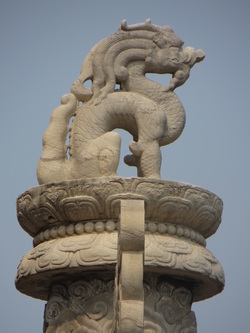 The Tongling dragon said to be "The First Dragon" that combines nature and man. The religion based concept combines man's place in nature and the universe in an agricultural society. The Lotus Magic creature is powerful and has the ability to fly, swim and walk. The image of the dragon is combined elements from different parts of animals:
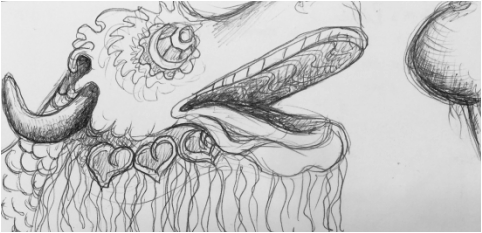 The Emperor used the symbol of the dragon to show his imperial power and strength. The Chinese referred to themselves as being "Descendants of the Dragon" and a symbol of ethnic identity. The dragon is a protector and outstanding people are compared to a dragon. Many Chinese proverbs refer to the dragon. A popular idiom says: "Hoping one's son will become a dragon" or "hoping one's son will become powerful and successful." A news story from Beijing announced this summer the discovery of a winged dragon like dinosaur. Perhaps, some day we will find the origins of the Dragon Culture, until then I will continue my fascination along side my students as we explore the Dragon Culture. My students will be exploring their own visual representation and meaning to be discovered when we harness the power of the dragon.
1 Comment
"Whirling" into the New Year of Creativity! from Ms Kincaid
|
AuthorArt lady Archives
April 2018
|
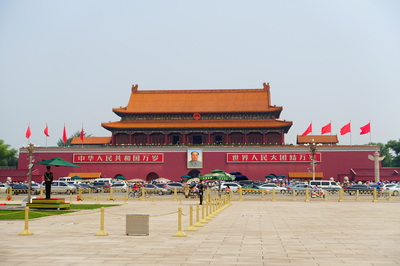
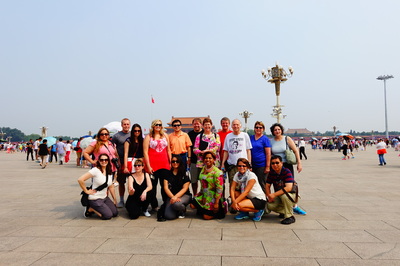
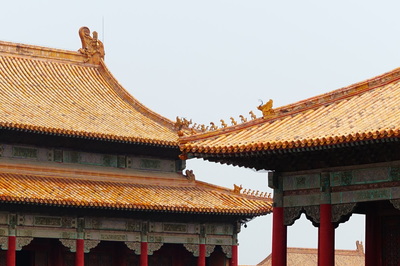
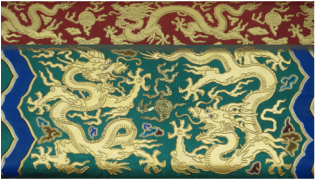
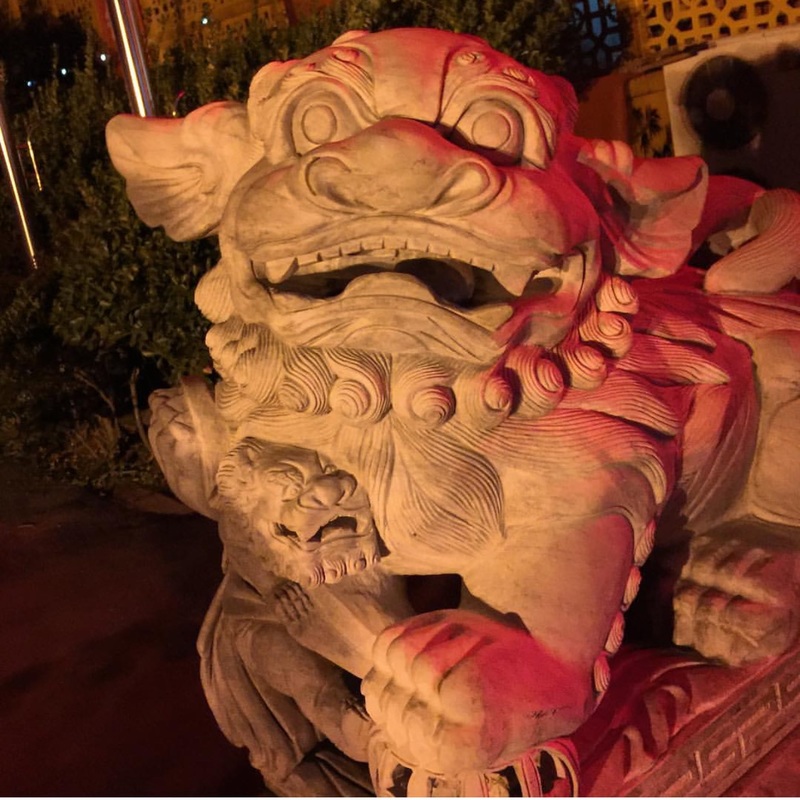
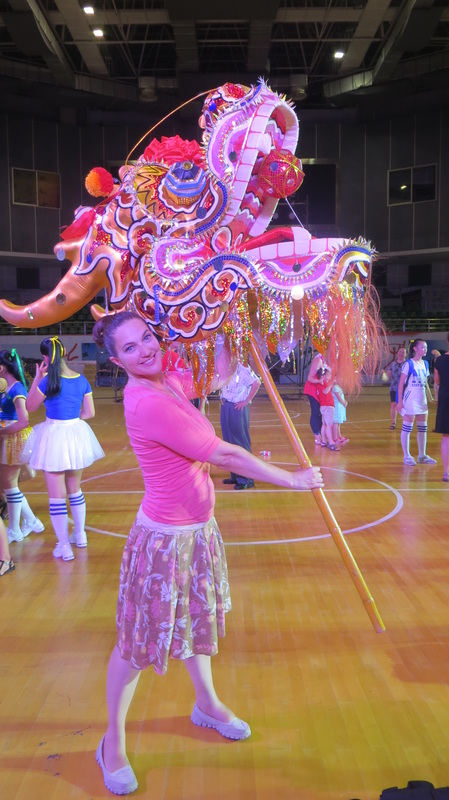
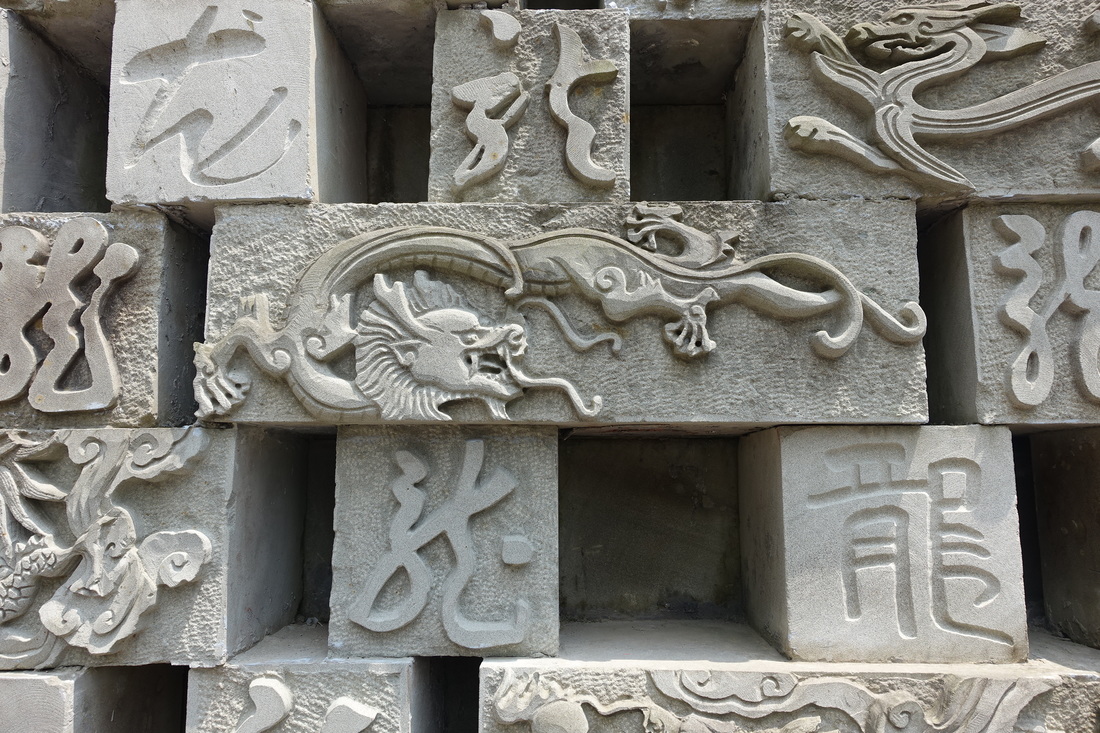
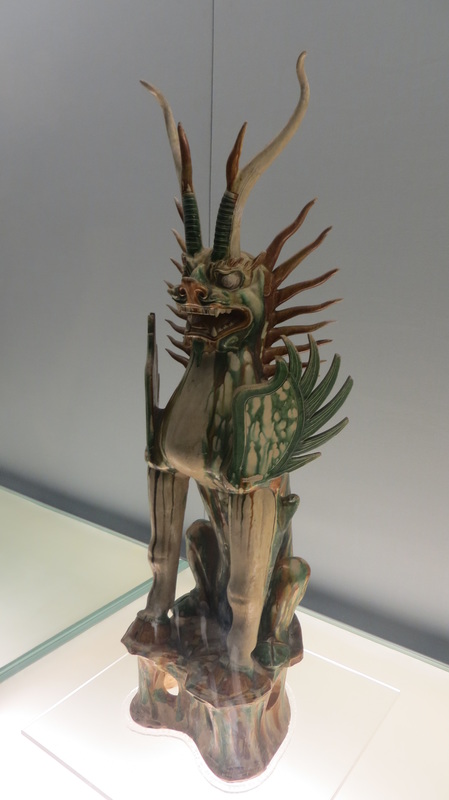
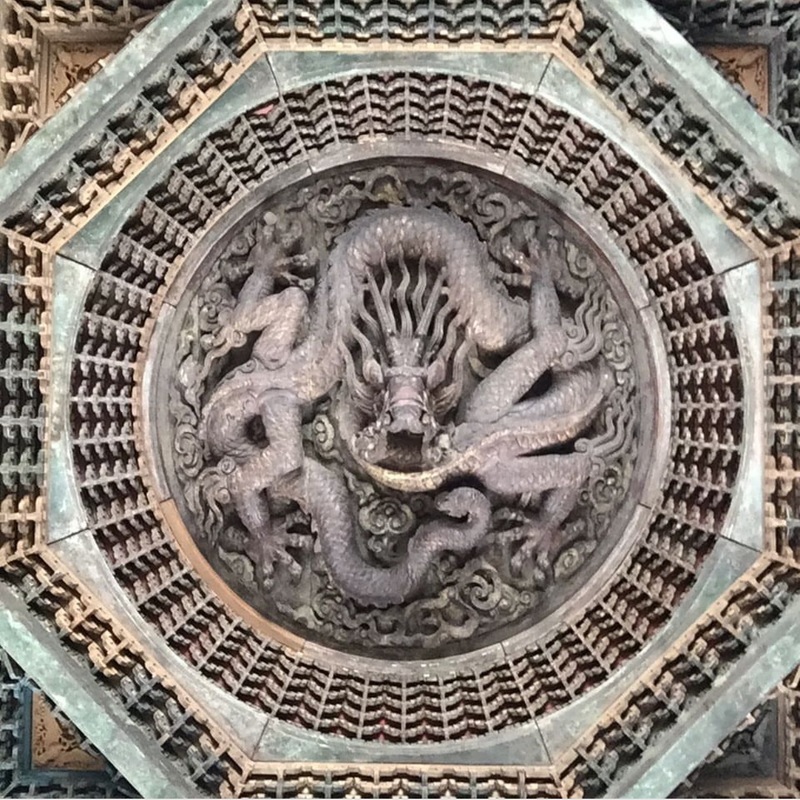
 RSS Feed
RSS Feed



